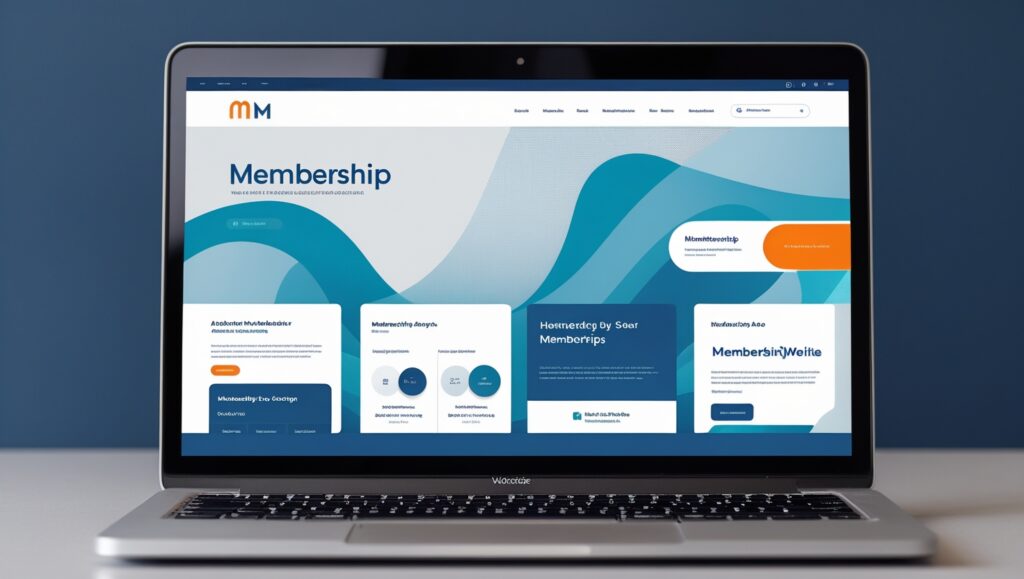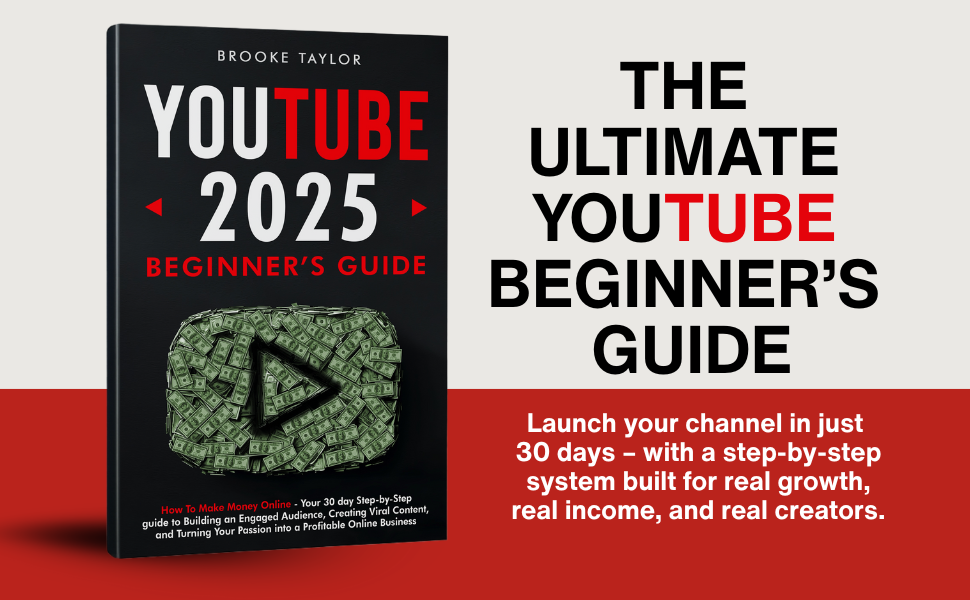Membership Website Platforms for Coaches: 9 Must-Have Features (Skool Included)
Why Coaches Need the Right Platform
When I first started coaching online, I thought my biggest challenge would be finding clients. Instead, my headache came from the tech side: hosting lessons in one place, managing payments in another, running a community somewhere else, and trying to keep everything connected with endless logins.
I realized what I needed wasn’t just a website—it was a membership platform designed for coaches. Something that would handle courses, community, events, and payments without forcing me to duct-tape ten tools together.
That’s when I discovered platforms like Skool, which combine everything into one clean space. But before you choose a platform, you need to know what features matter most. In this post, I’ll break down the 9 must-have features for coaches and show you how Skool stacks up.
Want to try Skool right away? Sign up here.

Table of Contents
Why Coaches Need Membership Platforms Instead of Static Websites
A static website looks professional, but it won’t grow your coaching practice. Here’s why:
- Clients want more than information—they want transformation. That requires lessons, interaction, and accountability.
- Retention is everything. If clients stick around month after month, your revenue becomes predictable.
- Community creates trust. A group of like-minded people supports your coaching better than any landing page ever will.
That’s why coaches are moving from simple websites to membership platforms—because they bring learning, community, and coaching together.
The 9 Must-Have Features for Coaches
1. Easy Course Delivery
As a coach, you’ll likely package your lessons into structured modules. Your platform must allow you to:
- Upload video or text lessons
- Organize modules into a simple flow
- Drip content if needed
Why it matters: Clients shouldn’t need a tech manual to find your lessons.
Skool example: Its Classroom feature lets me upload lessons and organize them in minutes. Clean, distraction-free, and easy for clients to use.
2. Built-In Community
Coaching isn’t just about content; it’s about connection. Your clients need a place to share wins, ask questions, and stay accountable.
- Platforms should have discussion feeds, posts, comments, and notifications.
- Bonus: Gamification features like points and leaderboards keep people engaged.
Skool example: Its Community feed looks and feels like a private social network, but without the chaos of Facebook. Plus, the gamification system motivates clients to participate.
3. Live Coaching Integration
As a coach, you’ll run group calls, Q&As, or workshops. The best platforms make it easy to:
- Schedule live sessions
- Send reminders automatically
- Store replays for later
Skool example: The Calendar feature integrates directly into your group. Members see upcoming events, get notified, and can replay sessions anytime.
4. Payment & Subscription Management
If you’re serious about building recurring income, you need reliable payment processing. Look for:
- Recurring subscriptions (monthly or annual)
- One-time payments for special offers
- Stripe or similar secure integration
Skool example: Payments are built in. I connected Stripe in minutes and set my membership pricing without needing third-party checkout tools.
5. Automation That Saves Time
You don’t want to spend your day manually approving members or chasing payments. Automation is key.
- Automatic onboarding (welcome emails, pinned posts)
- Auto-renewals and cancellations handled in the background
- Notifications for engagement
Skool example: Members are onboarded automatically after payment. I just add a pinned welcome video, and the system takes care of the rest.
6. Mobile-Friendly Design
Most clients will access your coaching platform from their phone. If your platform doesn’t feel good on mobile, you’ll lose engagement.
Skool example: Its mobile app is smooth, simple, and gives clients access to community, classroom, and calendar on the go.
7. Analytics & Progress Tracking
To coach effectively, you need to know:
- Who’s completing lessons
- Which members are most engaged
- Where clients are dropping off
Skool example: While it doesn’t overwhelm you with numbers, it gives enough insight to track progress and engagement levels.
8. Scalability Without Complexity
A platform should work for your first 20 clients and still hold up when you have 2,000.
- No hidden caps on members
- No need to constantly upgrade tiers just to grow
Skool example: Unlimited members and unlimited courses are included in one simple $99/month plan.
9. Simplicity Over Tech Overload
At the end of the day, what matters is whether you and your clients can actually use the platform. If you’re buried in integrations and settings, coaching becomes a nightmare.
Skool example: It’s one of the simplest platforms I’ve ever used. Setup took me less than an hour, and my clients didn’t need training—they just logged in and started engaging.
Comparing Skool to Other Platforms
Here’s a quick look at how Skool stacks up against some of the common alternatives:
| Feature | Skool | Kajabi | Teachable | Mighty Networks | Facebook Groups |
|---|---|---|---|---|---|
| Courses | ✔️ | ✔️ | ✔️ | ✔️ | ❌ |
| Community | ✔️ Gamified | Weak | Weak | Strong | Distracting |
| Live Events | ✔️ Calendar | Limited | Limited | Moderate | ❌ |
| Payments | ✔️ Stripe | ✔️ | ✔️ | ✔️ | ❌ |
| Automation | ✔️ Simple | Strong | Weak | Limited | ❌ |
| Mobile App | ✔️ | ✔️ | ✔️ | ✔️ | ✔️ |
| Pricing | $99 flat | $199+ | $29+ | $39+ | Free |
What This Means for Coaches
After testing multiple platforms, I realized something:
- Kajabi is powerful but too expensive and overwhelming.
- Teachable is affordable but too limited for community and coaching.
- Mighty Networks builds community but feels clunky for structured coaching.
- Facebook Groups are free but chaotic and unprofessional.
Skool was the first platform that gave me all 9 must-have features without forcing me to compromise.
FAQs for Coaches Choosing a Membership Platform
Q: Do I need a membership platform if I already have Zoom and email?
Yes. Zoom is for live calls and email is for communication, but a membership platform centralizes everything: lessons, community, and coaching.
Q: Can I start small with just 10–20 members?
Absolutely. Many coaches start with small groups and grow from there. Skool scales without raising your costs.
Q: How fast can I launch on Skool?
I had my coaching group up in less than an hour—with courses, community, and calendar ready to go.
Conclusion: The Future of Coaching is Community
Coaching online isn’t just about delivering knowledge—it’s about creating transformation. And transformation requires structure, accountability, and engagement.
That’s why the 9 must-have features I outlined above aren’t optional—they’re the foundation of a profitable coaching business.
For me, Skool was the platform that finally checked every box. It gave me the simplicity, engagement, and growth potential I was looking for.
If you’re a coach ready to build your own membership platform, I recommend starting with Skool. Sign up here and launch your community today.






